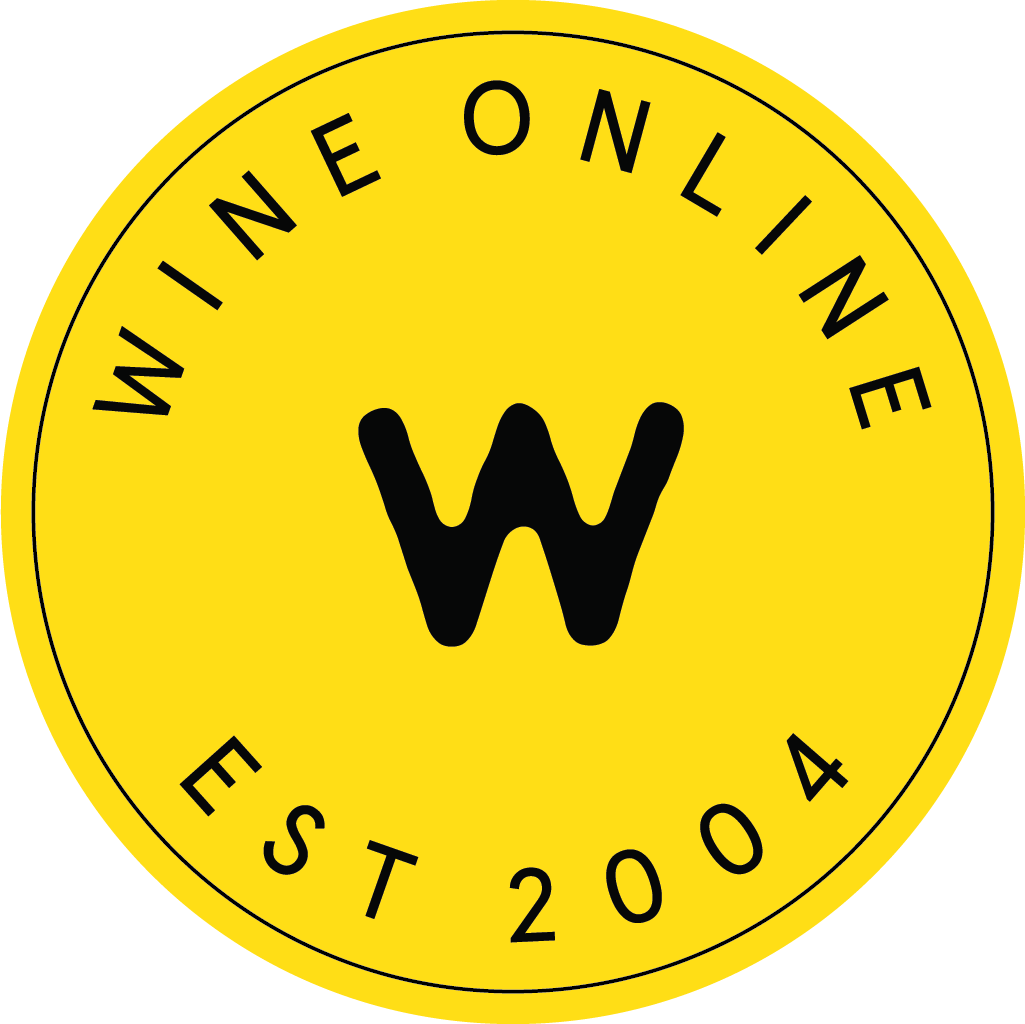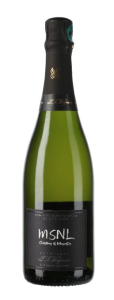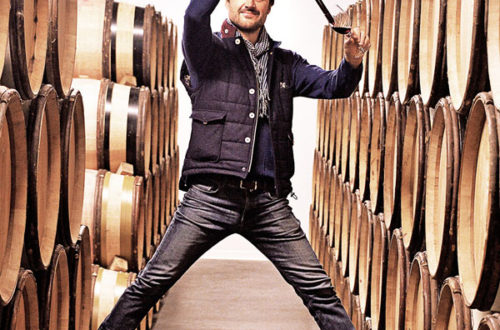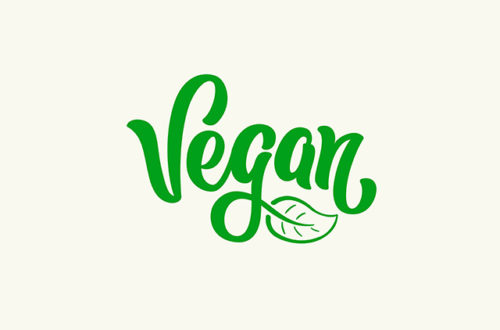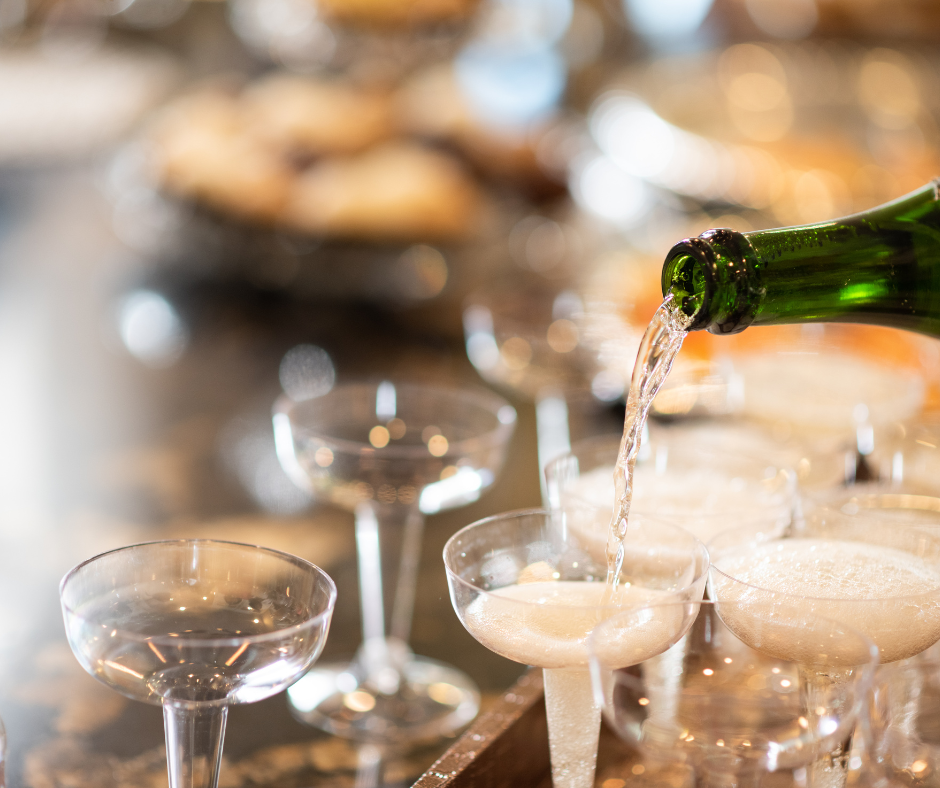
Unveiling Secrets Of Sparkling Wines: Champagne vs. Prosecco
Unveiling Secrets Of Sparkling Wines: Champagne vs. Prosecco
Nothing marks the occasion for celebrating remarkable milestones, anniversaries, or birthdays better than opening a bottle of vintage Champagne or sparkling wines like Prosecco. These beloved beverages elevate your celebrations, allowing you to toast to success and prosperity.
Opening these wines is all part of the special occasion, and you will need to ensure you have the bottles and corkscrews ready so you can immediately fill your guests’ glasses. If you have ever found it difficult to decide whether to select a bottle of Prosecco over Champagne, this article is your perfect guide. How are they different? What are their ideal food pairings and flavour profiles? Here, we will unveil the secrets of sparkling wines to help you select the perfect beverage.
A Definition of Champagne
Before we take a close look at the fermentation period or specific grapes winemakers use to create Champagne, it’s worth considering a definition of Champagne. This beverage is a sparkling wine that wine creators make in the northeastern Champagne region of France.
Source: https://www.wineonline.ca/msnl-by-jl-vergnon-2011.html
Many types of Champagne are available, from brut or dry to demi-sec or sweet. For example, the Champagne Grand Cru MSNL Extra Brut by JL Vergnon 2011 offers flavour notes of fresh fruit and aromas of sandalwood. However, they all have light bubbles that rise from the bottom to the top of the wine glass. Now, these bubbles are produced with a specific method unique to Champagne. Here, we will look at this method in more detail.
How Champagne is Produced
If you are wondering how Champagne is produced, this world-renowned beverage undergoes the méthode champenoise process and traditional method. It involves a secondary fermentation process inside the wine bottle. Fermentation produces alcohol and carbon dioxide when winemakers combine yeast and sugar, and the still wine. Since the sealed bottle traps the carbon dioxide inside, the bubbles remain.
Once the fermentation process is complete, winemakers let the wine age for at least one year as part of the champagne method. This aging process is known as lees aging. It involves leaving the Champagne beverage in contact with yeast, which makes the wine more complex and gives it an additional texture.
Champagne Grape Varieties
Winemakers use specific champagne grape varieties to create this iconic drink. The grape varieties need to be grown in the region of Champagne so the beverage can be called Champagne. The three key grape types winemakers use include Chardonnay, Pinot Noir, and Pinot Meunier. However, some other varieties are used as well. For example, Pinot Blanc, Petit Meslier, and Pinot Gris are featured in some Champagne varieties.
Champagne Pairings
It may be the perfect celebratory beverage, but you might want to create a Champagne pairing to elevate the event and celebrate in style. Some of the best pairings you may consider include white fish dishes, desserts made from citrus fruits, dishes that contain truffles, or wild mushroom dishes. While citrus fruit desserts match the fruity notes in your Chardonnay Champagne, the other dishes listed here marry perfectly with the subtle earthy notes of a Blanc de Noir Champagne.
A Definition of Prosecco
We will further explore the wine-making process behind the finest Prosecco beverages in this article. However, let’s first consider a definition of Prosecco. This beverage is a sparkling white wine from the northeastern Veneto region of Italy.
Several types of Prosecco are available, including Processo frizzante and Prosecco spumante. While Prosecco frizzante is a “fizzy” type of Prosecco, the spumante type is “fully sparkling.” If you search for long enough, you will find a still type of Prosecco called tranquil. This option is not as widely known as Prosecco spumante.
You will also find various sweetness levels for Prosecco. Each type delivers a different flavour profile, from demi-sec, sweet, brut, or dry. For example, the Prosecco DOC Extra Dry by La Delizia offers pear and floral flavours and aromatics that tempt the palate.
Source: https://www.wineonline.ca/prosecco-doc-by-la-delizia.html
How Prosecco is Produced
When we look at how Prosecco is produced, it undergoes the Charmat or “tank method.” Winemakers complete an initial fermentation process once the grapes are harvested and crushed. The initial fermentation process typically doesn’t have any bubbles.
However, the method involves a secondary fermentation process. This process happens in a stainless steel tank, hence the name, and is one difference between Prosecco and Champagne. The latter goes through the secondary fermentation process inside the bottle.
Prosecco Grape Varieties
One key Prosecco grape variety is important for Prosecco production; the Glera grape makes up 85% of the beverage. It is a green-skinned grape with high acidity that grows in Veneto and Friuli and features in Prosecco frizzante or spumante. In some cases, 15% of the wine can include other varietals, such as Pinot Grigio or Pinot Blanco.
Prosecco Pairings
Prosecco pairings can create a palate-pleasing combination of flavours and textures. You may combine this beverage with seafood dishes, including white fish. If you are serving this with an appetizer, consider the classic Italian dish bruschetta or a caprese salad. Prosecco served with these dishes matches perfectly with the tomato flavours thanks to the acidity of the beverage.
You may be serving side dishes with your Prosecco. In that case, you may select a cheese board that features brie or goat cheese. Again, the acidity of the Prosecco is the perfect flavour profile to cut through the density of the cheese.
Alternatively, pasta dishes can be the perfect dish to serve with Prosecco. For example, you may consider a chicken and gnocchi dish served with vegetables, which matches the light textures and flavours of the Prosecco.
3 Differences Between Champagne and Prosecco
There are three main differences between Champagne and Prosecco. While Champagne uses Chardonnay, Pinot Noir, and Pinot Meunier grapes, Prosecco uses Glera grapes. These grapes are harvested in different geographical locations, the former in northeast France and the latter in northeast Italy.
The types of Prosecco are also different in terms of their texture. Prosecco has larger bubbles than Champagne, which has fine, light bubbles. This difference occurs due to the unique production processes.
Finally, while Champagne has an age-worthy texture that lends itself well to the aging process, Prosecco differs. You should typically consume Prosecco earlier than you would keep a vintage Champagne. Champagne ages well for a longer timeframe because of its texture.
Discover Champagne and Prosecco at Wine Online
Choosing between Champagne and Prosecco can be a challenging process, but not with Wine Online. Whether you are celebrating a significant achievement or want to make a toast for a special occasion, you will find the wine you need that perfectly matches your event at Canada’s number-one wine retailer.
Discover Champagne and Prosecco at Wine Online. Check our wine specifications and expert wine reviews to make your choice easier. Order $179 or higher for free shipping and have your sparkling wines delivered to your home!

